Inside The New York Botanical Garden
Archive: December 2010
Posted in Gardening Tips on December 6 2010, by Sonia Uyterhoeven
 |
Sonia Uyterhoeven is Gardener for Public Education. |
One of my colleagues recently asked me about Jerusalem artichokes. Jerusalem artichoke (Helianthus tuberosus) is neither from Jerusalem nor an artichoke. The origin of the common name is unclear but there are a few theories floating around. Some say that this native North American relative of the sunflower may have been labeled Jerusalem since it fed the pilgrims and was part of the ‘new Jerusalem’. Another theory is that when this Native American was exported to Europe it was given the Italian name ‘Girasol’ meaning sunflower which then morphed phonetically into Jerusalem. The moniker artichoke comes from its taste.
As a member of the sunflower family, Jerusalem artichokes or sunchoke love the sun. They are hardy from zone 2 to 9. Sunchokes are perennial and fit into the category of ‘once you have it you can’t get rid of it’. They can grow up to 12 feet tall and are covered with small yellow sunflowers. The edible part of the plant is a tuber which looks like a cross between a fingerling potato and ginger root.
Plant the tubers in the spring setting them 3-5 inches deep and 18 inches apart. Amend the soil with compost or aged manure for the planting year and then top dress in subsequent years. Cover the bed with a good layer of straw mulch to suppress weeds and retain moisture. Because of their magnificent height it is best to place them on the north side of your vegetable garden where they will not shade out other plants.
Due to their tenacious growth habit many people plant them in a bed of their own. The tubers are dug in the fall. It is best to wait until after they are cut back by the frost since the flavor improves with the cold. The easiest way to harvest is to dig up what you need with a spading fork and keep the bed mulched so you can dig as needed throughout the season. There will always be a number of strays or escapees that then provide your crop for the following year.
Jerusalem artichokes contain no starch. They are ideal for diabetics and people who are watching their calories. The tubers can be steamed, stir-fried, roasted, pureed, pickled and even eaten raw. They pair wonderfully with parsnips and beets at this time of year and are a wonderful addition to a good winter soup. They have a sweet, nutty flavor that is worth a try.
Posted in Photography on December 6 2010, by Plant Talk
Do you see Cy Twombly in this photo?
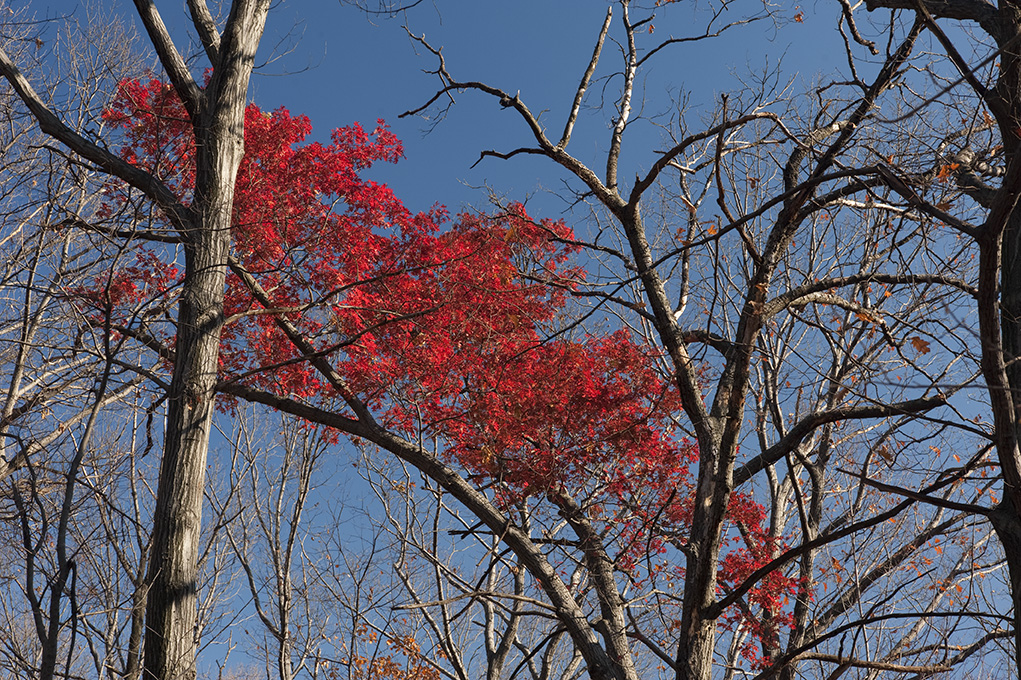
A Burst of Red (photo by Ivo M. Vermeulen)
Posted in Photography on December 5 2010, by Plant Talk
Nope, it’s not dinosaur skin. It’s a leaf from one of the huge, gorgeous Hydrangea quercifolia in the amazing four-season Perennial Garden.
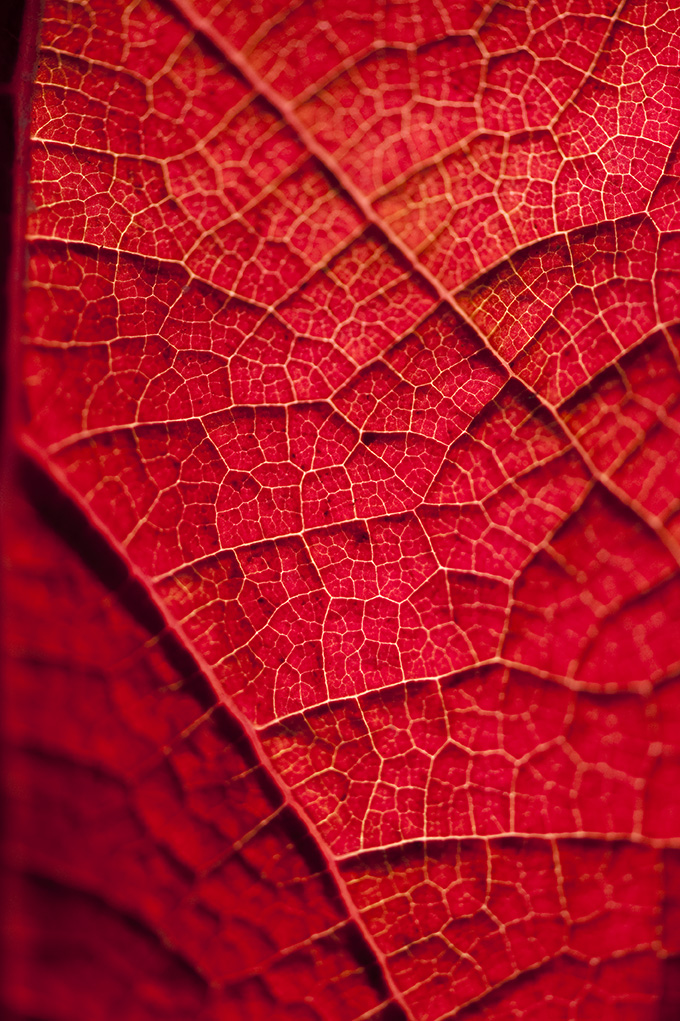
Hydrangea quercifolia (photo by Ivo M. Vermeulen)
Posted in Photography on December 4 2010, by Plant Talk
The holidays are here. Don’t be stressed. Just go with the flow.
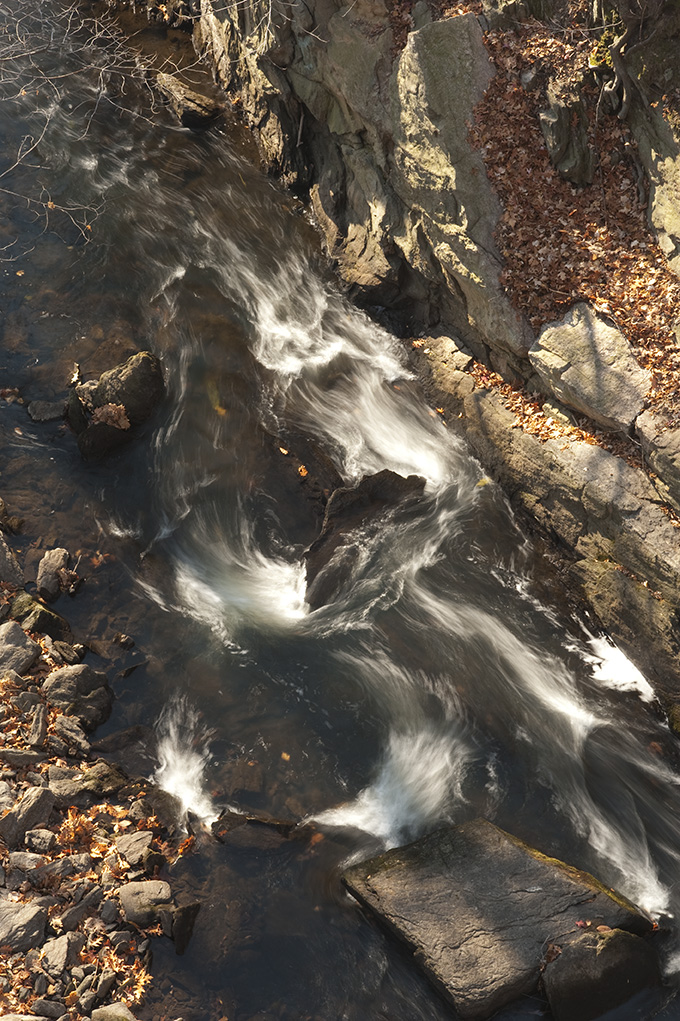
The Bronx River (photo by Ivo M. Vermeulen)
Posted in Photography on December 3 2010, by Plant Talk
Okay, so not really a mutant butterfly. But here at The New York Botanical Garden, even the ”topiary” in the Everett Children’s Adventure Garden are getting into the holiday spirit! So don’t forget to enjoy a little fresh winter air when you visit the amazing gingerbread houses at the Gingerbread Adventures.
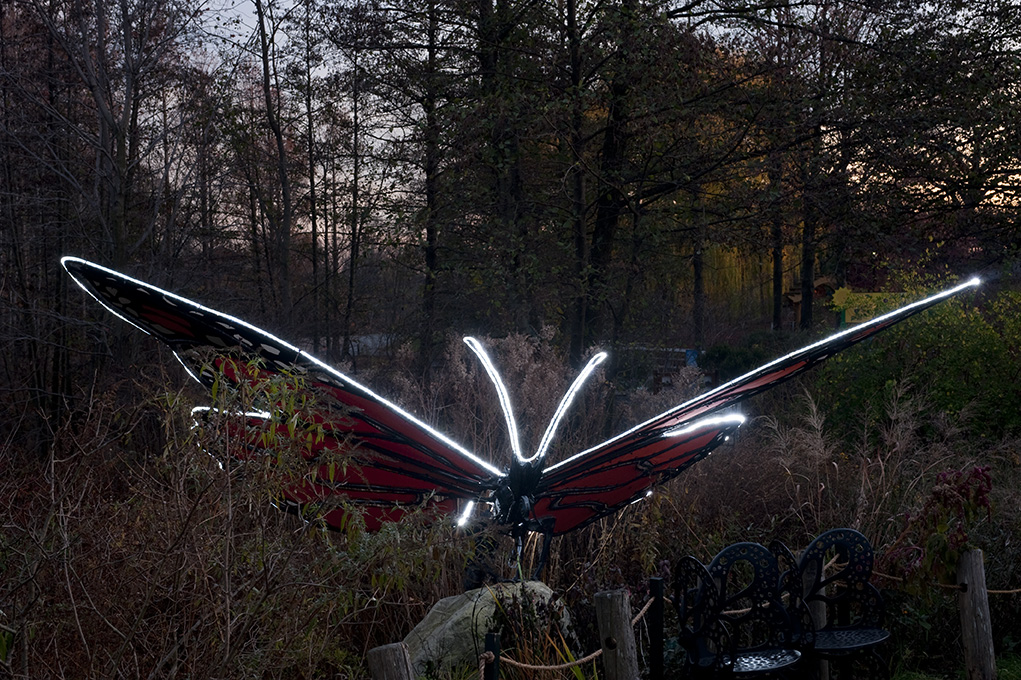
Butterfly (photo by Ivo M. Vermeulen)
Posted in Shop/Book Reviews on December 2 2010, by Plant Talk
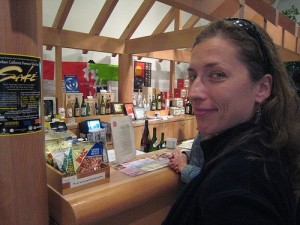 Denise Shoukas has crafted a life that revolves around food. Denise is a writer for FoodSpring, including the Food Forager blog, and a monthly food trends columnist for Specialty Food Magazine.
Denise Shoukas has crafted a life that revolves around food. Denise is a writer for FoodSpring, including the Food Forager blog, and a monthly food trends columnist for Specialty Food Magazine.
When not writing about the latest trends and best specialty foods, she can be found cultivating her organic garden at home, cooking in her newly renovated kitchen, or making handmade pottery to use while serving up her culinary creations. Denise’s varied interests make for a fun and varied list of her “Favorite Things” for holiday gift giving.
See Denise's picks below.
Posted in Around the Garden on December 2 2010, by Plant Talk
| Ann Rafalko is Director of Online Content. |
 Making a gingerbread house rocks. Let’s face it–the icing, the creativity, the candy, the sense of accomplishment, and then maybe eating it–all of these things are great. I was a pretty crafty kid, and my mom is undoubtedly very creative (she’s a stained glass artist). But no matter how creative we were (my mom would even help me melt crystal fruits hard candies to mimic her beautiful leaded windows) our houses never looked like the ones currently on display as part of the Gingerbread Adventures in the Discovery Center here at The New York Botanical Garden!
Making a gingerbread house rocks. Let’s face it–the icing, the creativity, the candy, the sense of accomplishment, and then maybe eating it–all of these things are great. I was a pretty crafty kid, and my mom is undoubtedly very creative (she’s a stained glass artist). But no matter how creative we were (my mom would even help me melt crystal fruits hard candies to mimic her beautiful leaded windows) our houses never looked like the ones currently on display as part of the Gingerbread Adventures in the Discovery Center here at The New York Botanical Garden!
Gingerbread Adventures is a seriously good time and a fun adventure to tack onto any trip to the Garden to see the Holiday Train Show. Kids can explore the plant ingredients that help give gingerbread its distinctive flavor, create a field notebook of their favorite discoveries, paint a pot and plant wheat seeds, and then decorate (and eat!) their own gingersnaps.
Whet your appetite for a visit to Gingerbread Adventures with a virtual tour below.
Posted in Photography on December 2 2010, by Plant Talk
The dance of the conifers and the deciduous. That’s in The Nutcracker Suite, right?
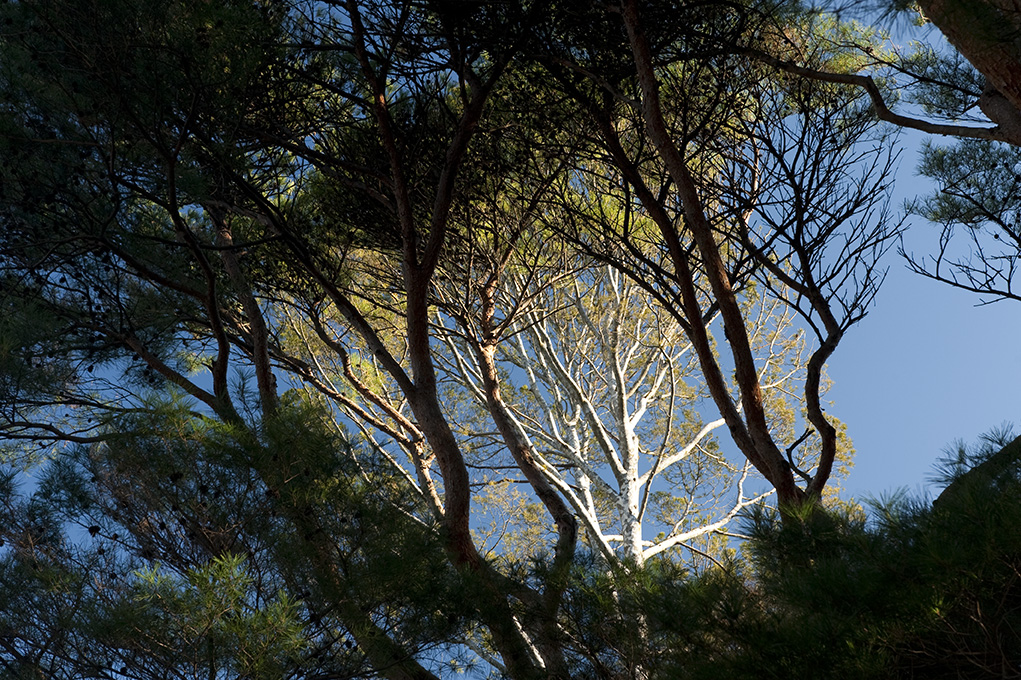
Silhouettes (photo by Ivo M. Vermeulen)
Posted in Photography on December 1 2010, by Plant Talk
Happy Hanukkah! May your holiday be full of family, friends, and light.
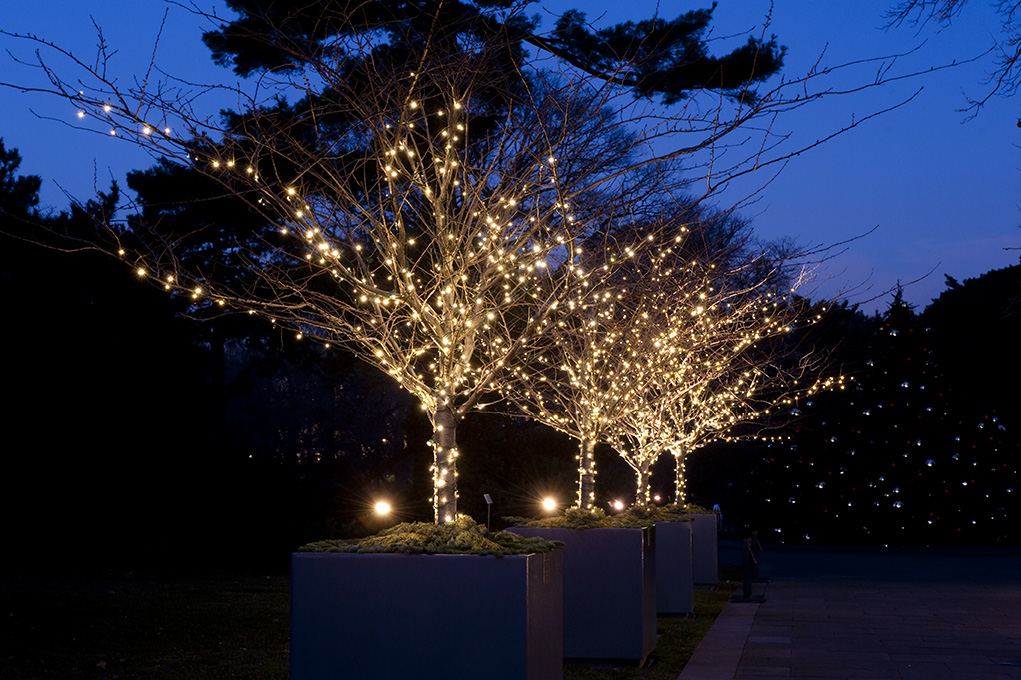
Holiday Lights at the Garden (photo by Ivo M. Vermeulen)
Posted in Science, Video on December 1 2010, by Plant Talk
 |
Rustin Dwyer is Visual Media Production Specialist at The New York Botanical Garden. |
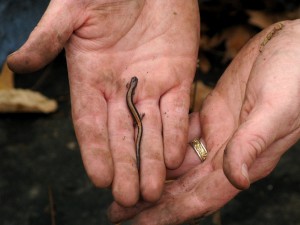 The 50-acre native forest at The New York Botanical Garden is a very special section of New York City. It’s the largest and oldest remnant of old growth forest around, and it’s right here in the Bronx! It’s almost like a time machine that gives a faint glimpse of the past. Strolling through, it’s not hard to imagine the kind of environments Henry Hudson and the Lenape people walked through. (For more on this subject check out the WLC’s Welikia project, previously known as Manhatta)
The 50-acre native forest at The New York Botanical Garden is a very special section of New York City. It’s the largest and oldest remnant of old growth forest around, and it’s right here in the Bronx! It’s almost like a time machine that gives a faint glimpse of the past. Strolling through, it’s not hard to imagine the kind of environments Henry Hudson and the Lenape people walked through. (For more on this subject check out the WLC’s Welikia project, previously known as Manhatta)
An ongoing survey at The Garden hopes to shed some light, sometimes literally, on a resident of the forest often overlooked — the tiny salamander. In particular, the terrestrial redback salamander, Plethodon cinereus. These little guys are one of the key species in the ecology of the forest. According to one of the wildlife biologists conducting the survey (Michael McGraw from Applied Ecological Services) the Redback salamander is thought to be the most abundant form of biomass in some northern deciduous forests. In a suitable area, you may be able to see one “under any rock you flip.” That’s a lot of amphibians!
The survey consists of a series of “cover boards” spread out strategically across the forest. These boards are simply rubber mats that provide a nice, cool dark place that salamanders like to congregate under (much like densely packed leaf mass). These boards are periodically checked, with biologists taking note of the number, size and significant features of any salamanders they may find. It gets a little dirty and the salamanders are tiny, quick and extremely squirmy, but the biologists and a few volunteer citizen scientists braved through to successfully gather their data during their latest visit.
Check out a video of their work featuring Forest Manager Jessica Schuler after the jump!
Read More











